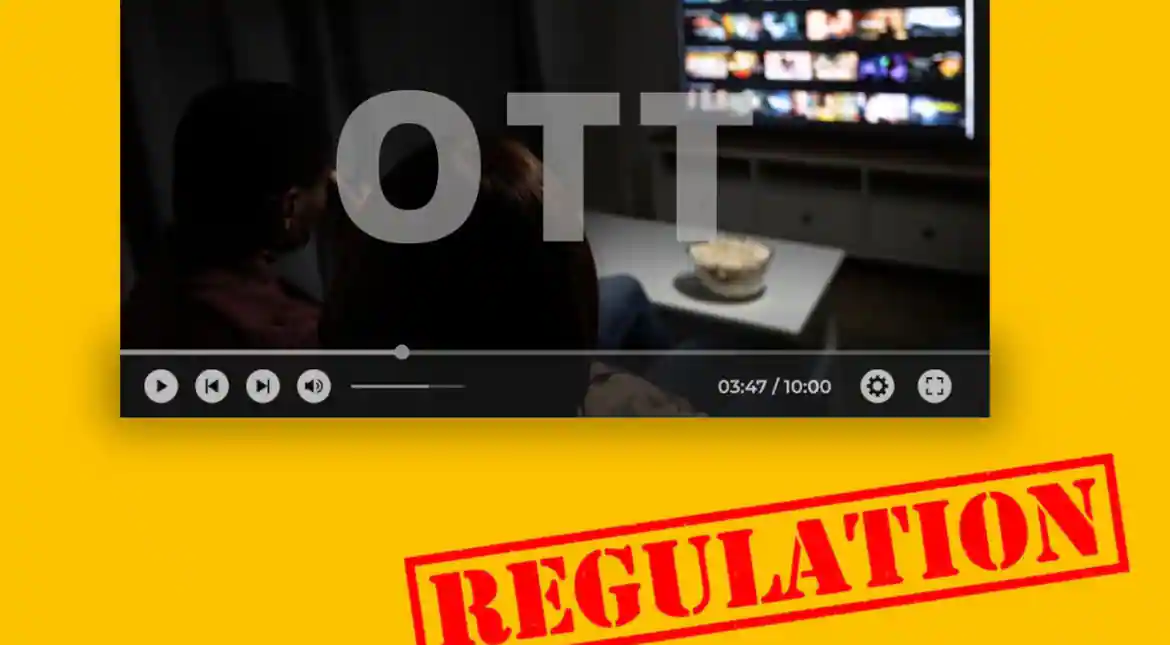Free Courses Sale ends Soon, Get It Now


Free Courses Sale ends Soon, Get It Now



Copyright infringement not intended
Picture Courtesy: www.wionews.com
Context: The Broadcasting Services (Regulation) Bill 2023 is a legislative proposal that seeks to overhaul the existing regulatory framework for broadcasting services in India. The bill covers not only traditional cable and satellite television but also over-the-top (OTT) platforms and other forms of digital content delivery.
The Broadcasting Services (Regulation) Bill 2023
Key aspects of the Bill
Concerns Raised
Conclusion
Must Read Articles:
REGULATORY MECHANISMS FOR OTTS: https://www.iasgyan.in/daily-current-affairs/regulatory-mechanisms-for-otts
DRAFT BROADCASTING SERVICES (REGULATION) BILL 2023: https://www.iasgyan.in/daily-current-affairs/draft-broadcasting-services-regulation-bill-2023#:~:text=Context%3A%20The%20Broadcasting%20Services%20
|
PRACTICE QUESTION Q. What regulatory mechanisms are in place to oversee Over-The-Top Services (OTTs), and how do these mechanisms aim to ensure fair competition, consumer protection, and the overall integrity of the digital communication landscape? |
© 2024 iasgyan. All right reserved